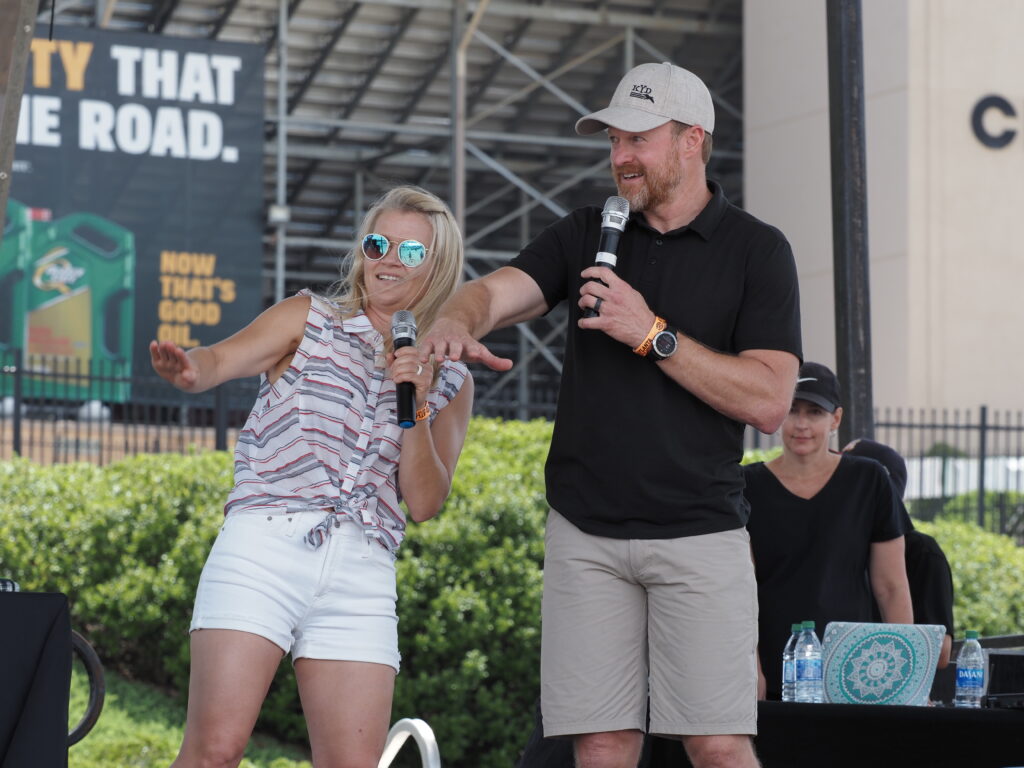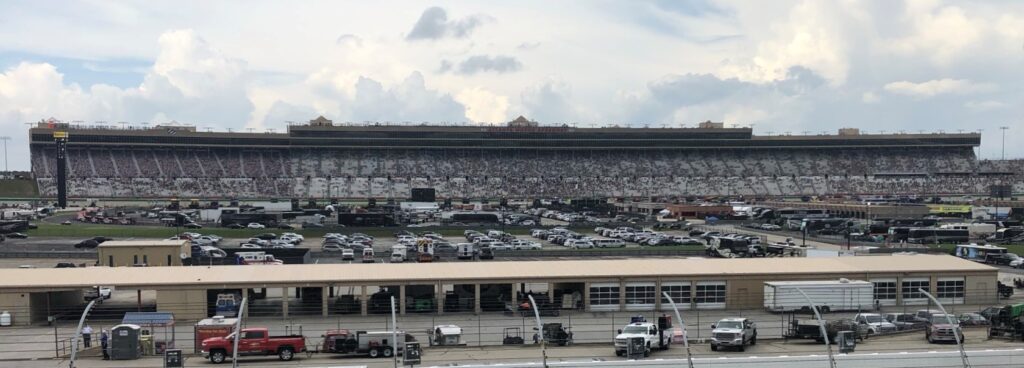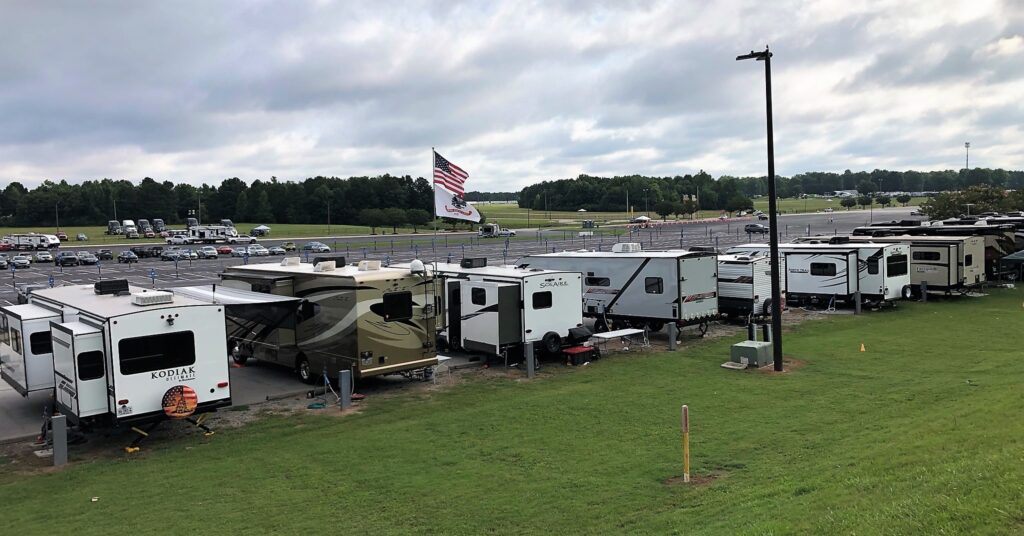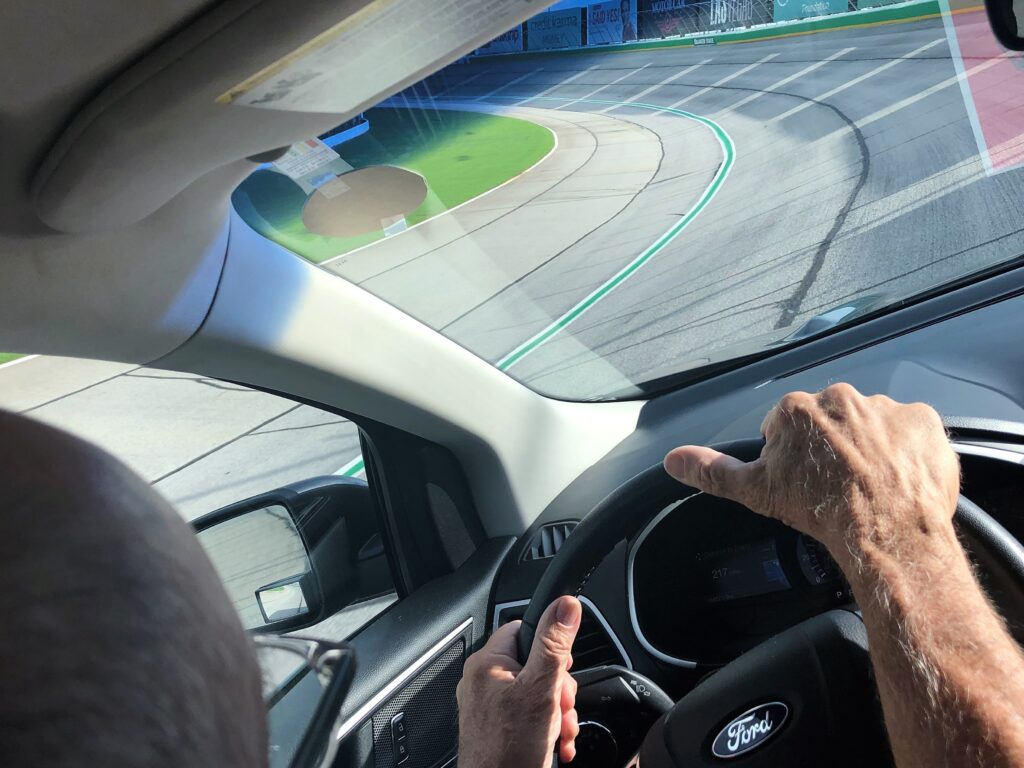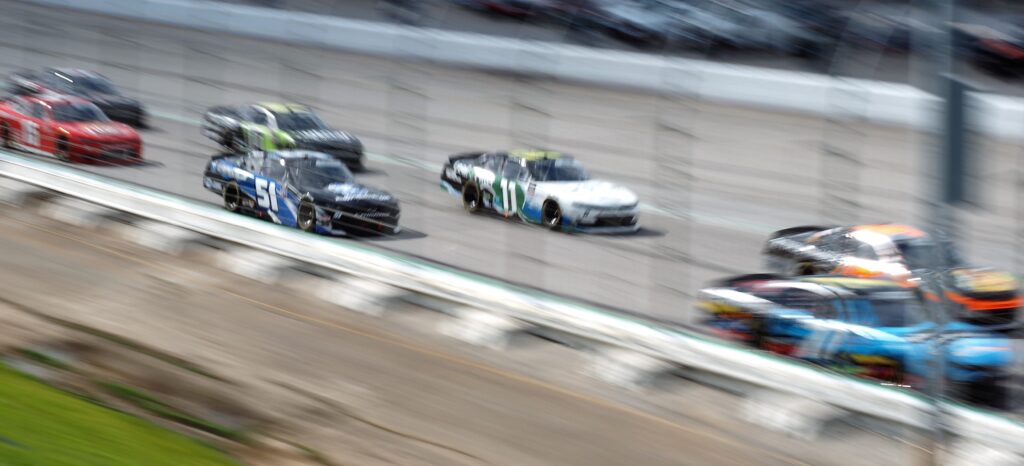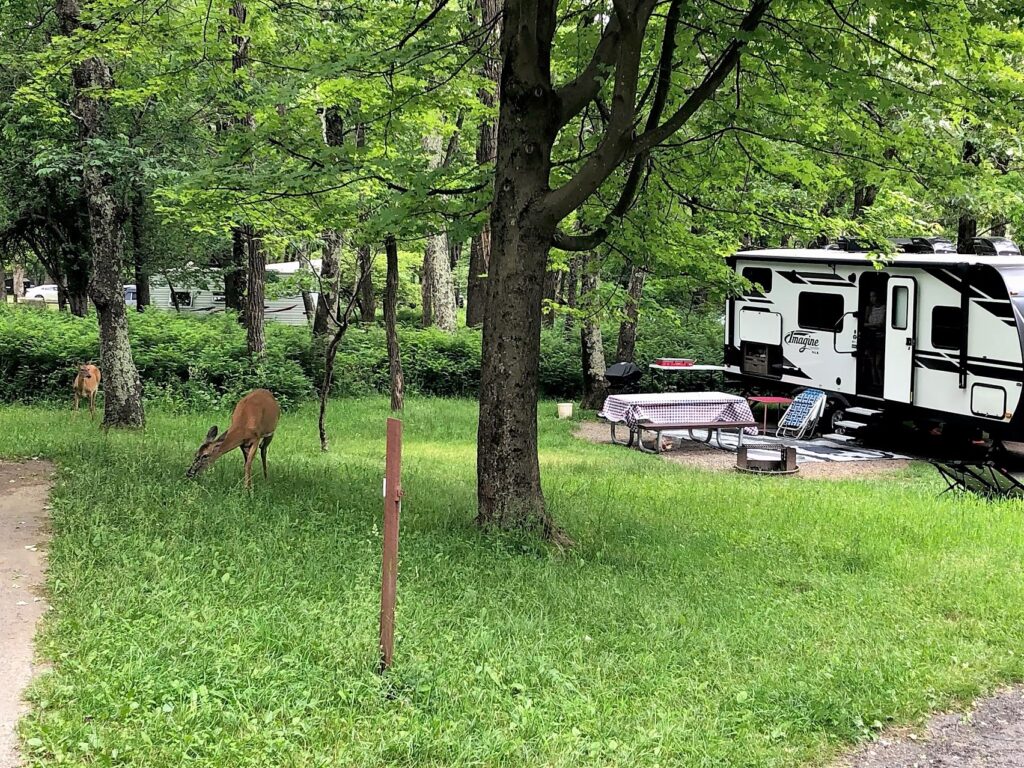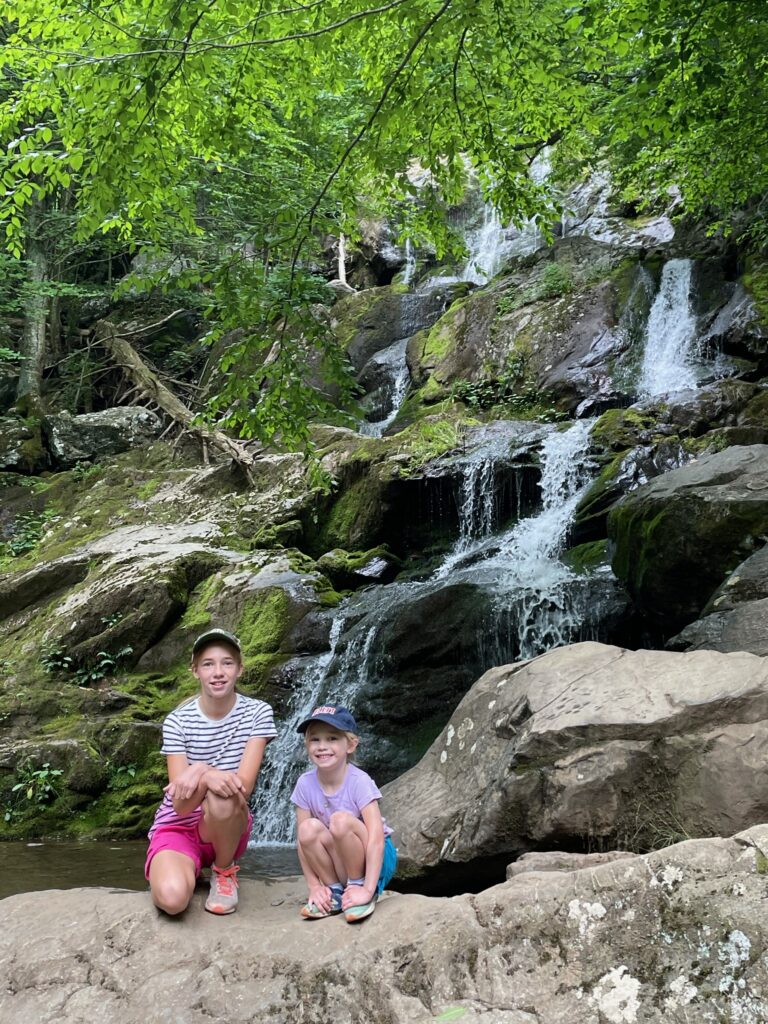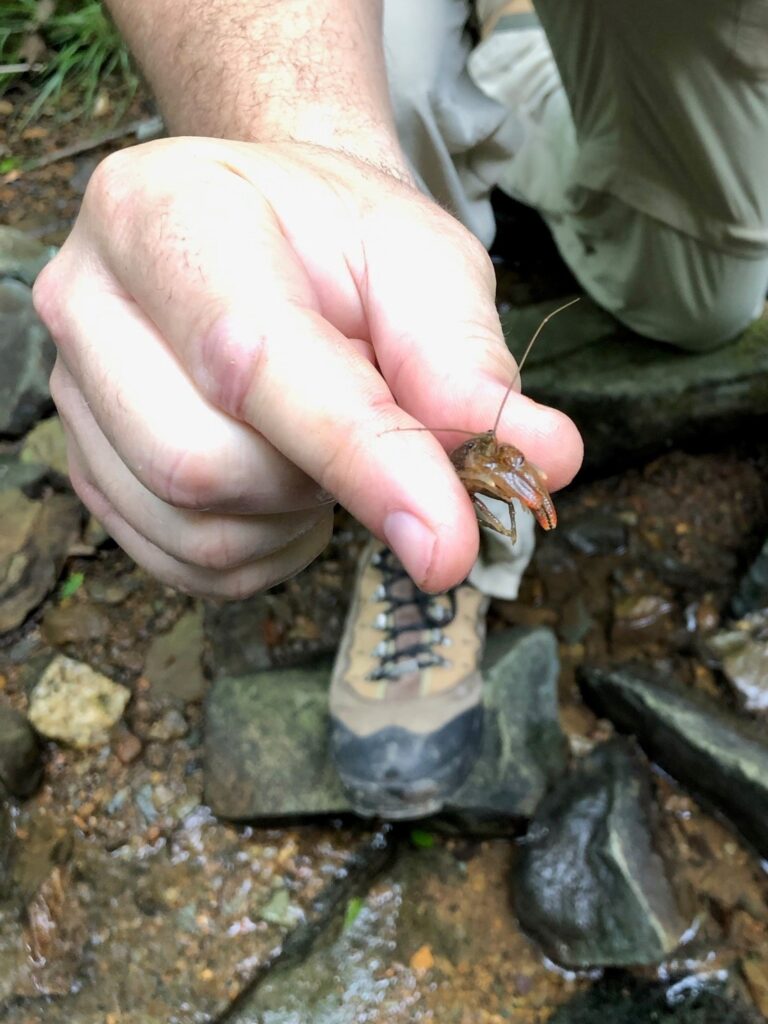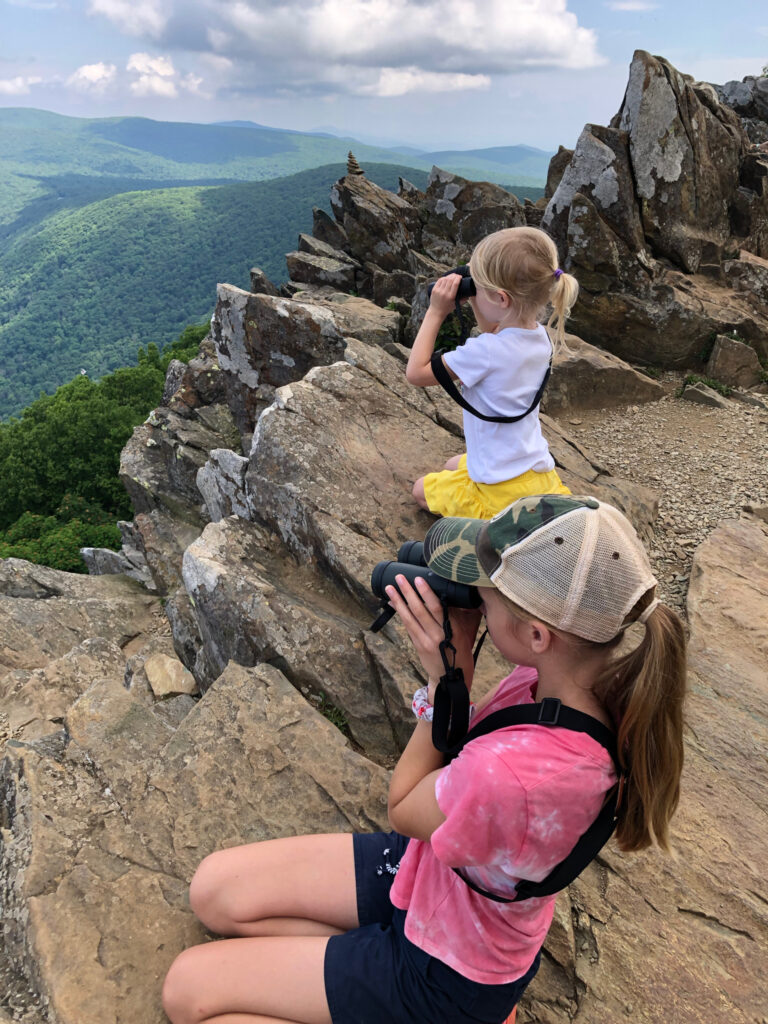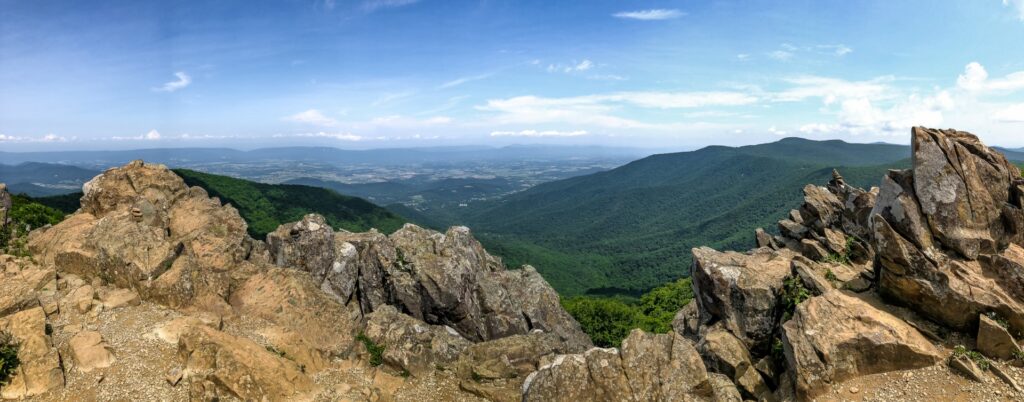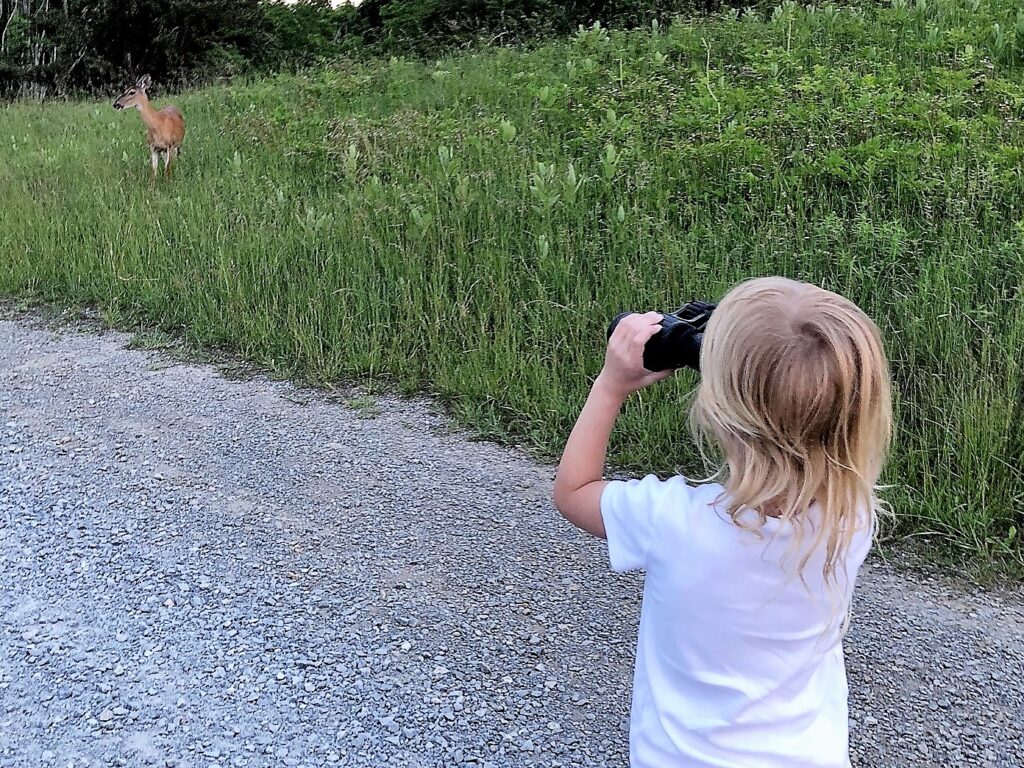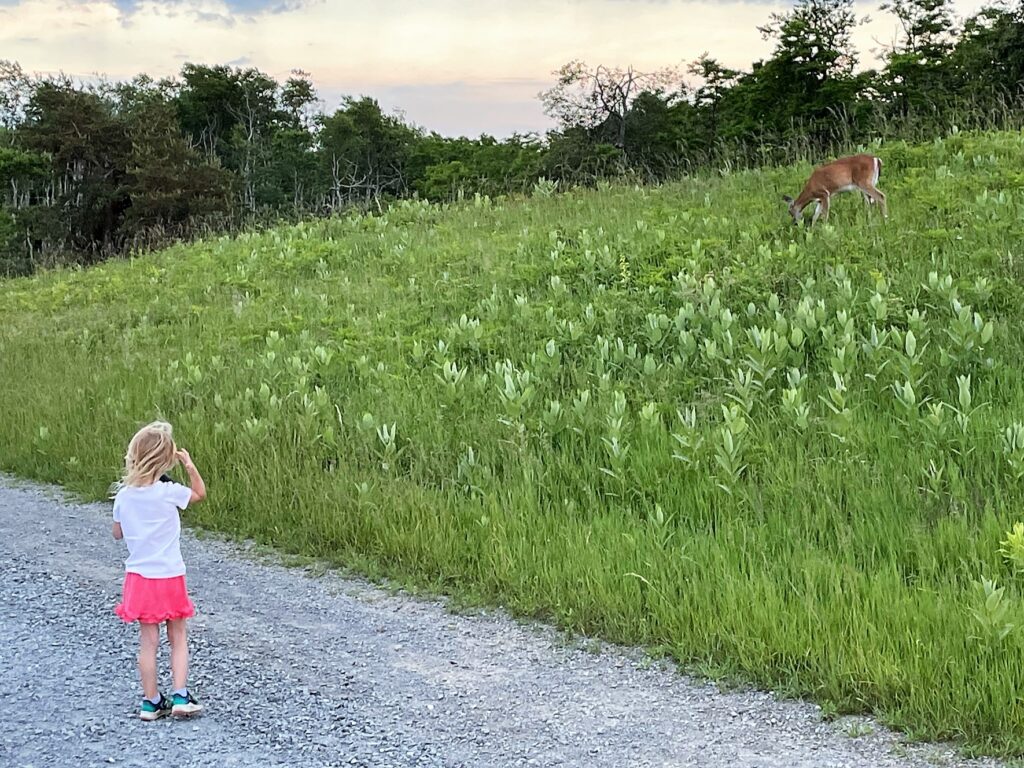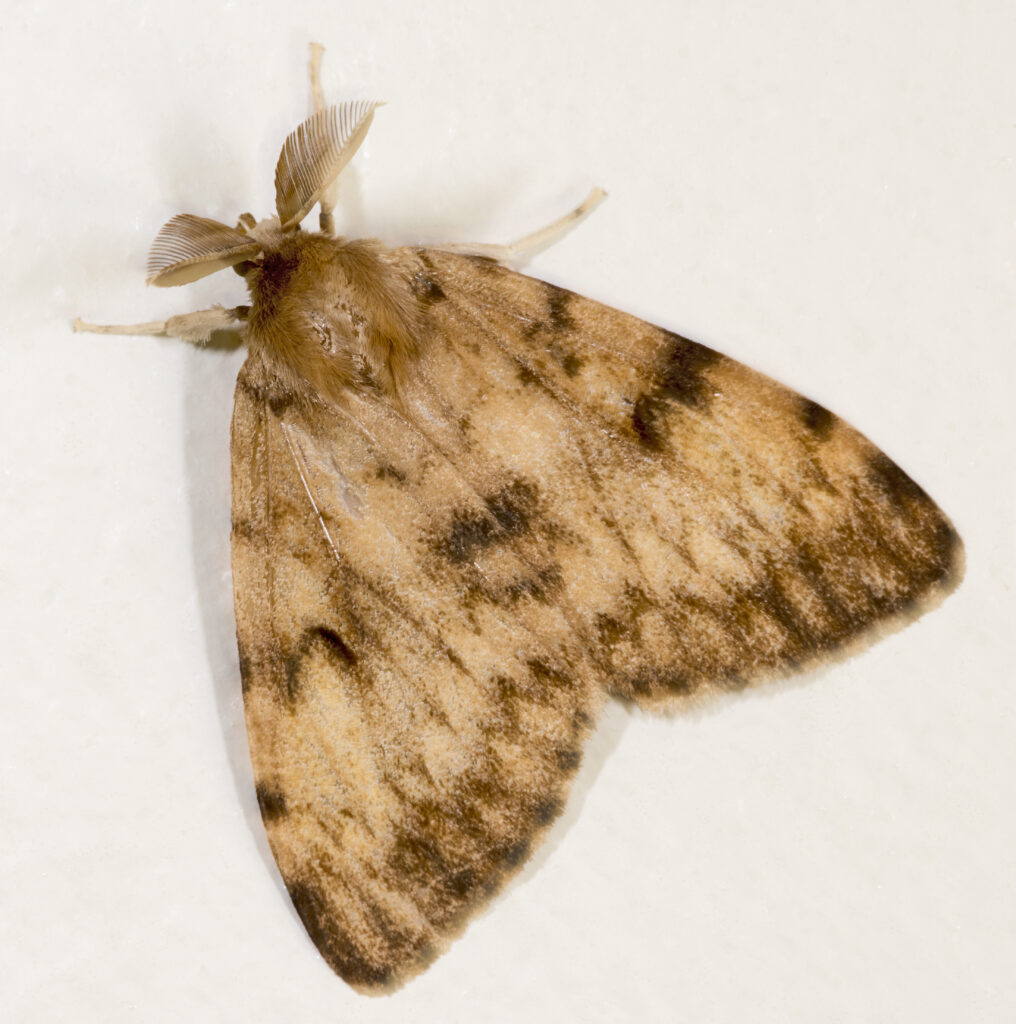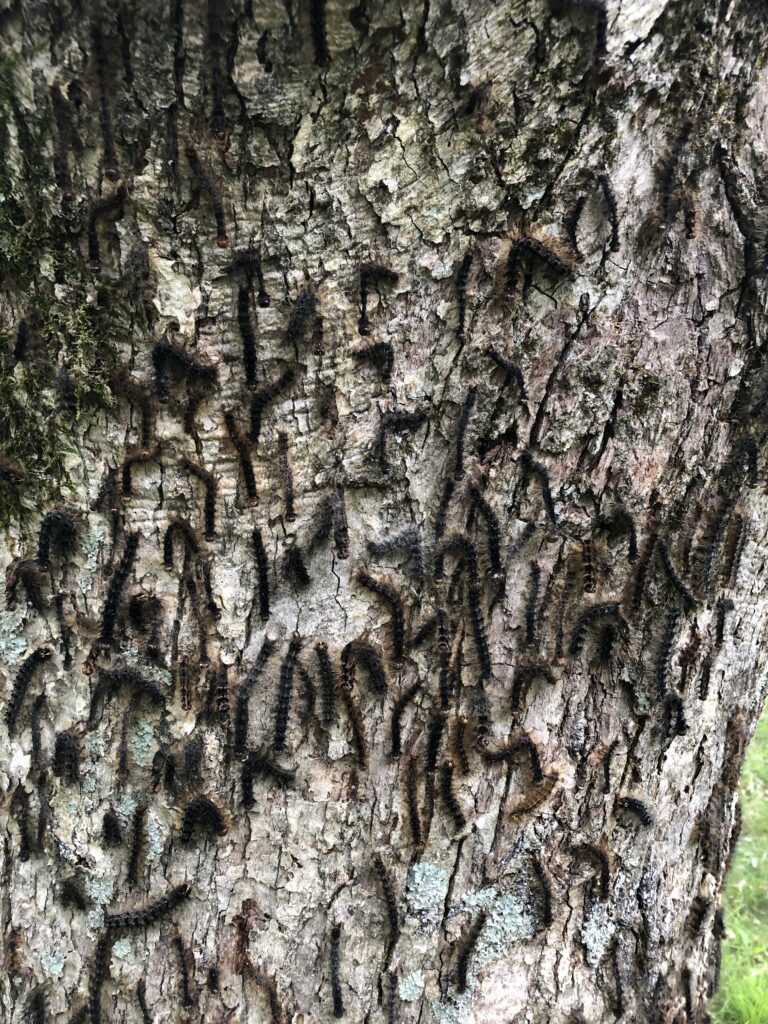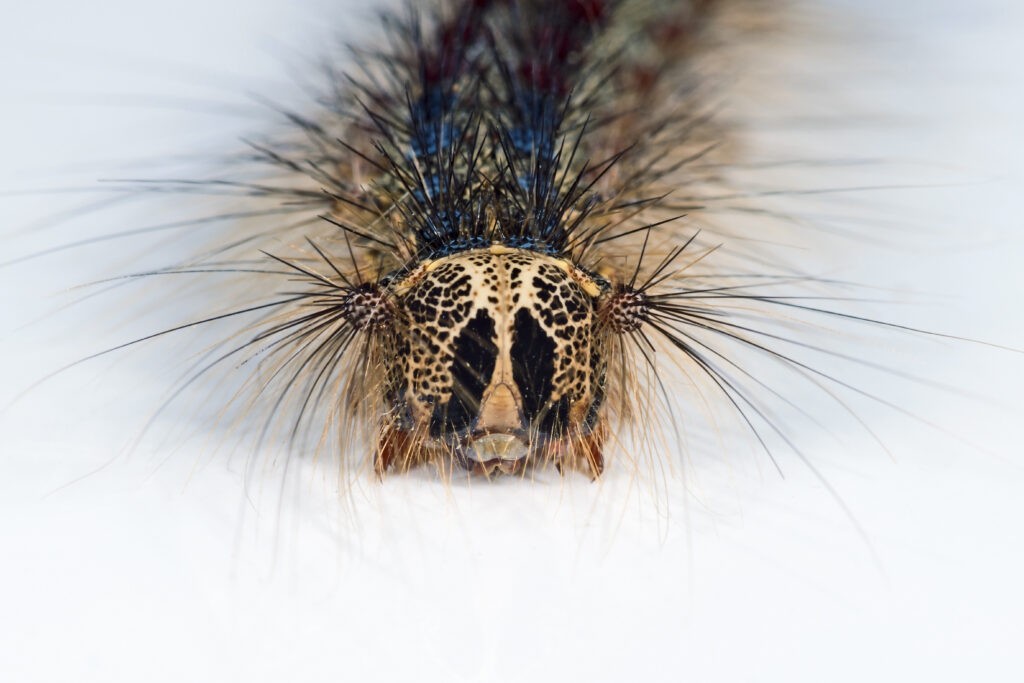As mentioned in the previous post, we had a great time at our first (and maybe only) RV excursion to the NASCAR races at Atlanta Motor Speedway. That we had such a great time, though, was due in large part to the wonderful people we met there, most of whom were “KYD Insiders.” Here’s the deal…
Several years ago, Robert recommended a YouTube channel, “Keep Your Daydream.” That channel chronicles the adventures of a couple, Marc and Tricia Leach, who decided to go full-time in a small’ish travel trailer and travel around the U.S. with their three teenage children (and a very large Golden Retriever). Try to picture a Ford F-250 (a mid-size pickup) with three teenagers and a large dog in the back seat, pulling a trailer, with everything needed for a life on the road either in the minimal storage space in the trailer itself, or crammed in the bed of the truck. And “everything needed for a life on the road” means clothing, linens, food, supplies, household items, tools, outdoor cooking appliances and equipment, school materials for the little darlings, computer and camera equipment, trailer accessories, etc. etc. etc. As I’m writing this, I’m thinking “that’s impossible,” even though I watched them do it. In any event, over the course of the past six years, they would publish a weekly update on where they’ve been, what they’ve learned, and tips for anyone considering the same course, along with a stream of thoughts on anything related (or sometimes even unrelated) to RV living. Besides the YouTube channel, they also maintained a website (KeepYourDaydream.com), a blog, a podcast, a FaceBook page, an e-mail distribution list, several Instagram accounts, and probably more media that I’m not thinking of. After a hiatus of a couple years, prompted in part by the need to watch anything during the COVID shutdown, we binge-watched all six seasons of the YouTube videos.
At first during their life on the road, Marc continued to work remotely at his consulting business, but eventually the KeepYourDaydream enterprises were generating sufficient revenue to support the family. And, as these things go, there developed a community of “followers,” which in turn led to a subset of followers who contribute a small amount every month (or every video) and who are known as “KYD Insiders.” That’s where we come in.
The NASCAR event that we attended was also a meetup for KYD Insiders. We decided to join the meetup, even though we weren’t sure what to expect. The KYD media seem mostly geared towards brand-new RVers and/or RVers traveling (full-time or not) with children, and neither category includes us. On the other hand, though, one of the things we like about Marc and Trish’s broadcasts that both of them are completely charming people, whose philosophies about life, including how to deal with a surplus of children in the back seat, were irresistibly engaging. What the heck, we thought, let’s meet them in person and see what happens.
All told, there were about 40-50 KYD Insider families at the Speedway. As expected, nearly all of them had purchased their first RV within the past year, and most of them had children that they traveled with. And all of them were friendly, well-educated, funny, and generally the kind of people we love spending time with. As Wendy put it, “these are our peeps.” So we spent hours sitting around talking, sharing adventures at the racetrack, drinking, eating, drinking, watching the races, and drinking.

There’s a philosophy that is palpable in the KYD media: there’s no such thing as a “perfect” RV, and if you wait until everything if exactly right, you’ll never go. As they put it, “start small and start now.” And, there’s no such thing as a perfect trip. If you insist that every trip be free from the dips and bumps that go along with traveling, you’ll quit RVing as soon as you start. Both views seemed to be their philosophy applied to just about every aspect of day-to-day living: things are never “perfect” so don’t wait until they are and don’t get all lathered up when things go wrong. That view maybe has more opportunities for application in an RV (vehicles that are notoriously trouble-prone), but it’s a darn appealing view across the board.
That philosophy, then, gets adopted (or appealed to those who already held to the same view) by those who felt themselves gravitating towards the KYD media, which means all of the Insiders had the same easy-going, life-relishing, people-loving attitude as the Leaches. As one of our newly-minted friends put it, unhappy people tend to get annoyed by happy people, which means that the kind of harrumphing grumps one has to deal in everyday life will self-exclude from a group like KYD Insiders, leaving only the better sort of people in the remainder.
And Marc and Trish are just as charming in person as they are on YouTube. Even though they are sort of “celebrities” in a sense, at least among the Insiders group, the Leaches are unassuming, engaging, and good natured with everyone they meet, and they take time to meet everyone.
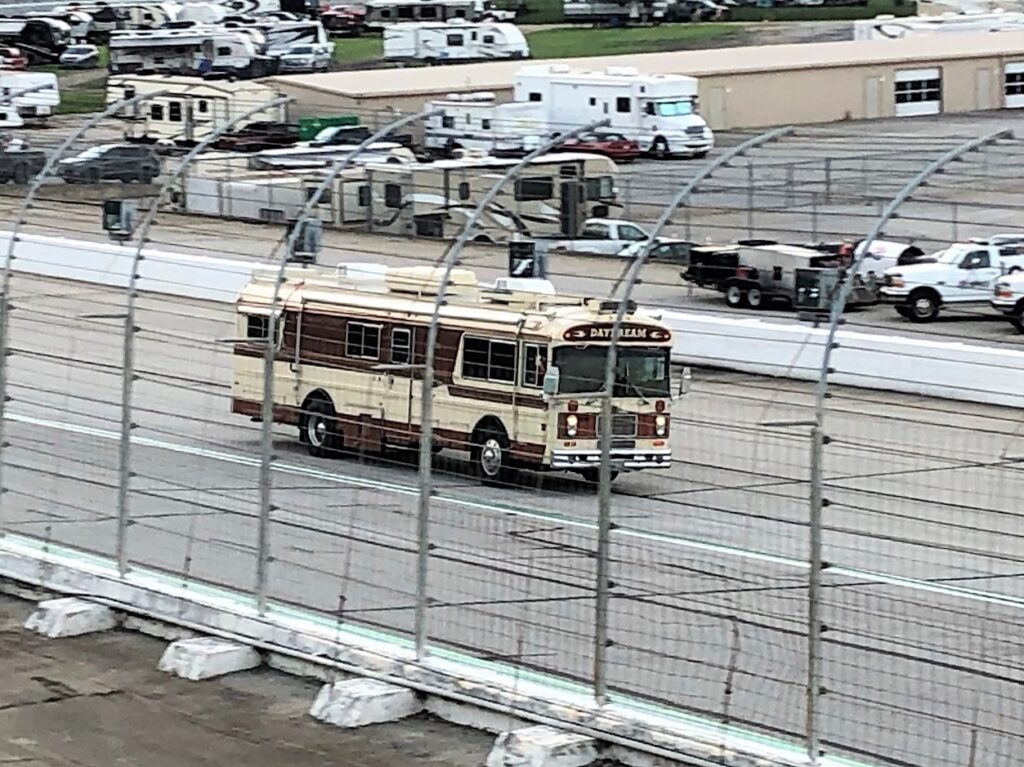
Seriously. Marc and Trish actually sweet-talked NASCAR into letting them take their newly acquired 1984 Wander Lodge RV onto the track for three “speed” (62 mph top speed) laps. 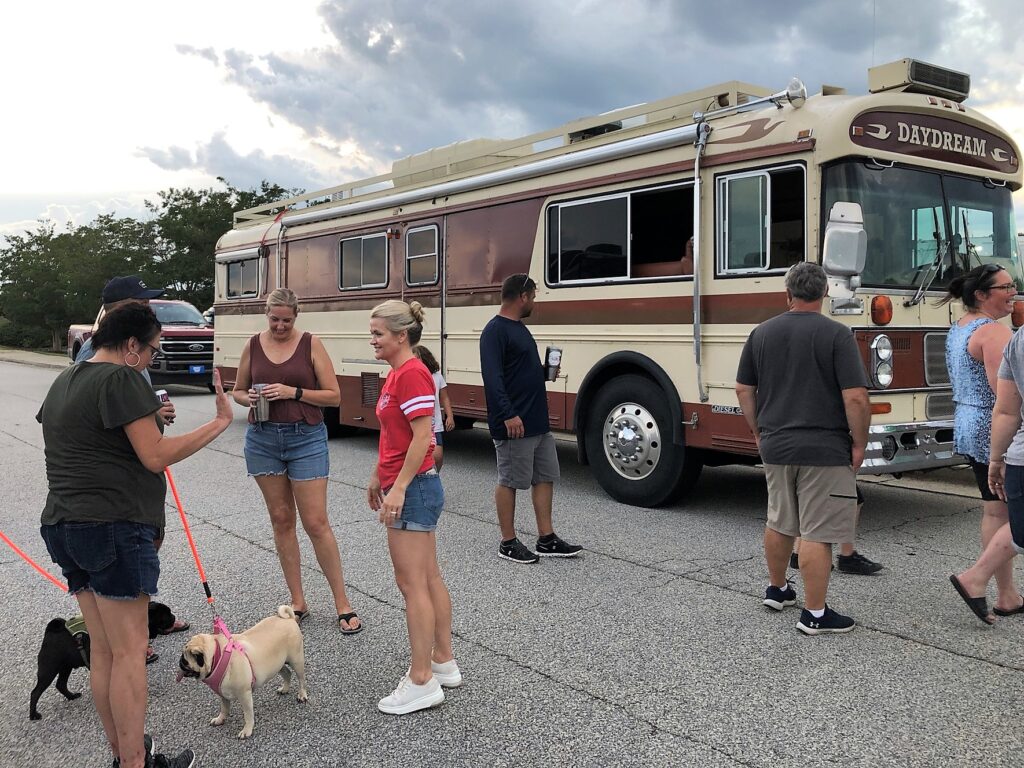
On Friday night, Marc and Trish brought their Wander Lodge down to the camping area where we were and spent a couple hours hanging around chatting with the KYD Insiders.
We may or may not go to another NASCAR event someday, but Wendy and I are both committed to the idea that we definitely will do another KYD Insider event.

